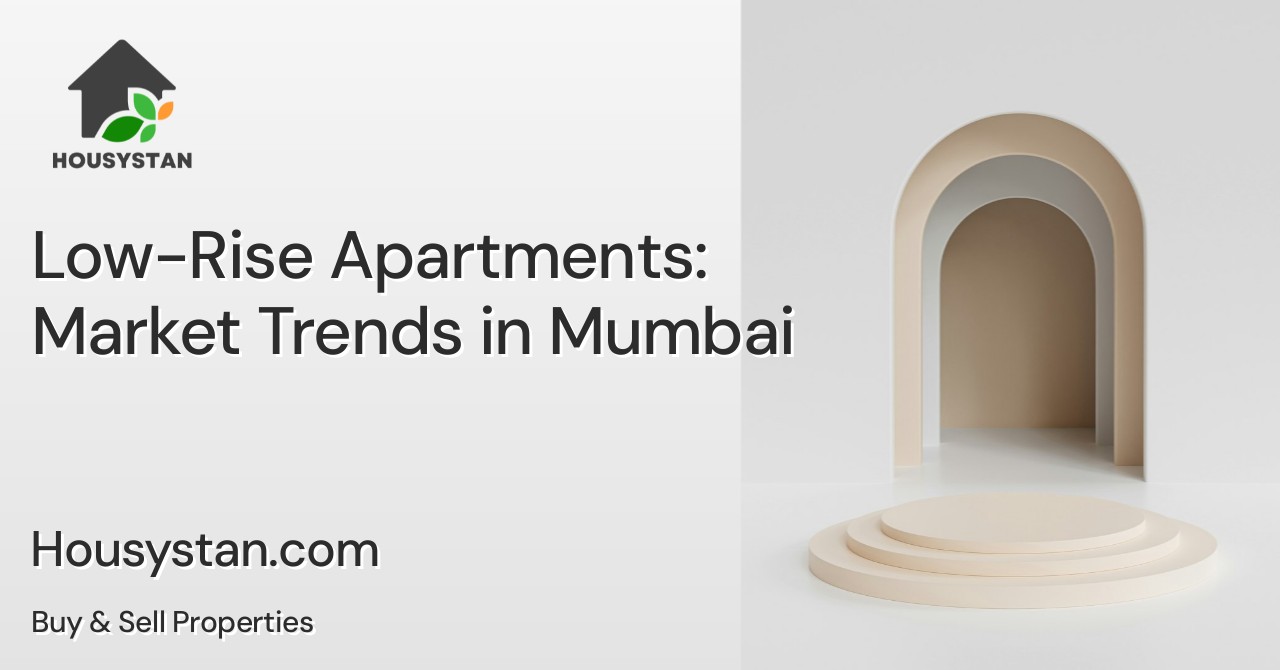Low-Rise Apartments: Market Trends in Mumbai
Read latest blogs and articles from Housystan

The Information mentioned here was last updated on:
31/12/2025Low-Rise Apartments: Market Trends in Mumbai
Mumbai, India's bustling financial capital, is witnessing a significant shift in residential preferences, with low-rise apartments gaining remarkable attention among homebuyers. These developments, typically ranging from two to four floors, provide a unique blend of privacy, exclusivity, and community living—features that resonate with both families and young professionals. The growing demand for low-rise apartments in Mumbai can be attributed to several key factors shaping the city’s real estate market.
Firstly, low-rise apartments offer an escape from the congestion and noise commonly associated with high-rise towers in central Mumbai. Areas such as Bandra, Juhu, Chembur, and Powai are emerging as hotspots for these developments, thanks to their green surroundings, improved infrastructure, and proximity to essential amenities. Additionally, these neighborhoods provide excellent connectivity to major business hubs, schools, and healthcare facilities, making them highly desirable for urban dwellers seeking a balanced lifestyle.
- Verified Tenants/Buyers
- Unlimited Property Listing
- Zero subscription/charges fee
Another significant trend influencing Mumbai’s low-rise apartment market is the focus on enhanced safety and wellness. Developers are prioritizing spacious layouts, better ventilation, and advanced security features to cater to post-pandemic sensibilities. The inclusion of landscaped gardens, rooftop lounges, and private balconies further elevates the living experience, creating a serene environment amid the city’s vibrant pace.
From an investment standpoint, low-rise apartments in Mumbai represent a sound choice due to their limited supply and increasing demand. The exclusivity and boutique appeal of such properties often result in higher appreciation rates compared to their high-rise counterparts. Furthermore, the ongoing infrastructure projects, such as the Mumbai Metro expansion and coastal road developments, are expected to boost property values in these neighborhoods, making low-rise apartments a lucrative long-term investment.
In conclusion, low-rise apartments are redefining Mumbai’s residential landscape by offering a harmonious blend of comfort, convenience, and community. Whether you are searching for a peaceful retreat or a strategic investment in one of India’s most dynamic cities, exploring the latest trends in Mumbai’s low-rise apartment segment is essential for making informed real estate decisions.